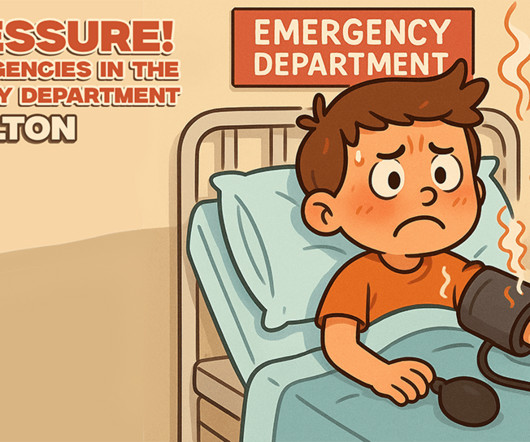Under Pressure: Hypertensive Emergencies in the Pediatric Emergency Department
PEMBlog
JUNE 2, 2025
Recognizing Hypertensive Emergencies The end-organ dysfunction component of this diagnosis presents as particular symptoms, physical exam findings, or laboratory and imaging results. Evaluation consists of lab studies, including CBC, CMP, BNP, troponin, UA, UDS, TSH with reflex to T4, and urine pregnancy test for individuals with a uterus.










Let's personalize your content